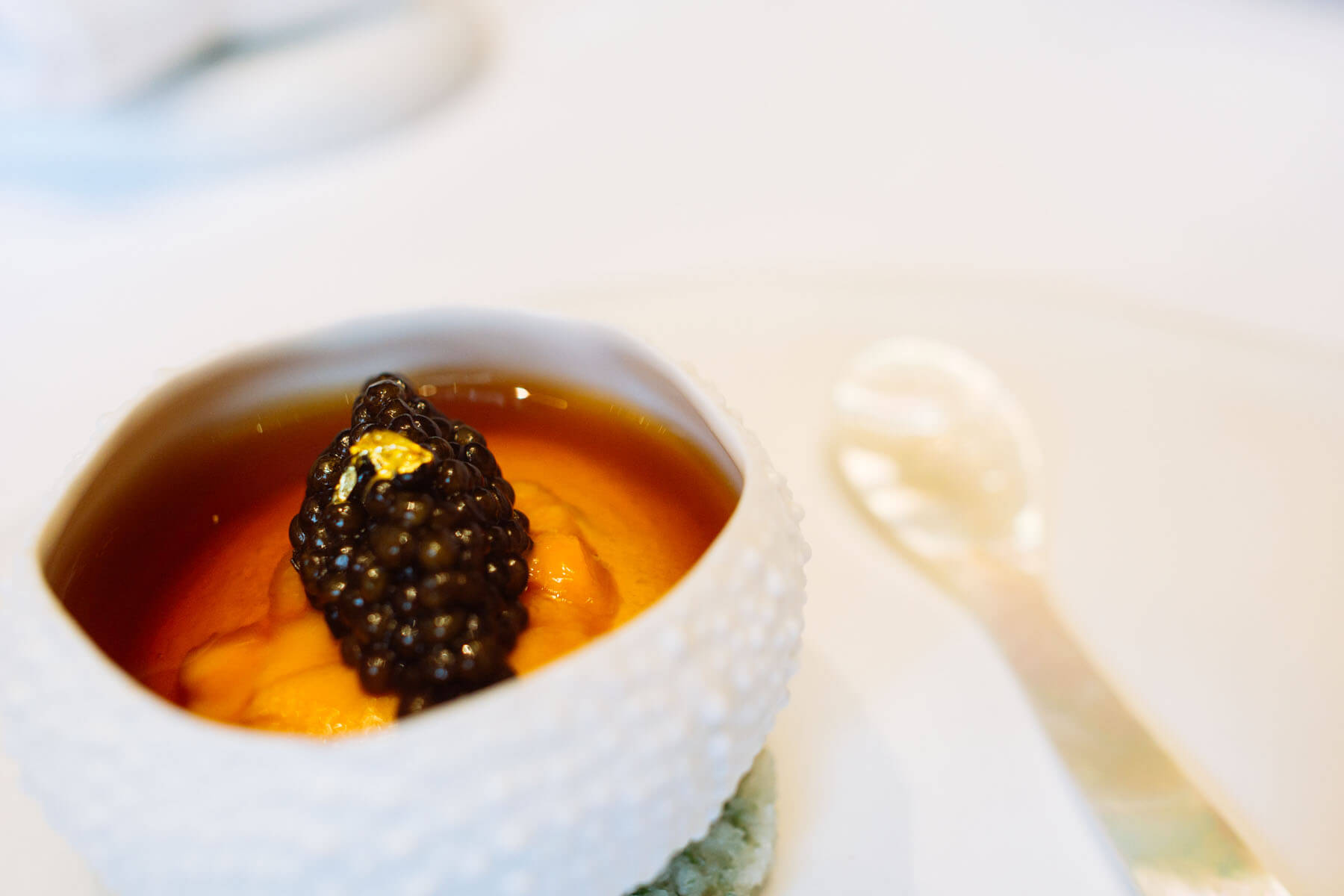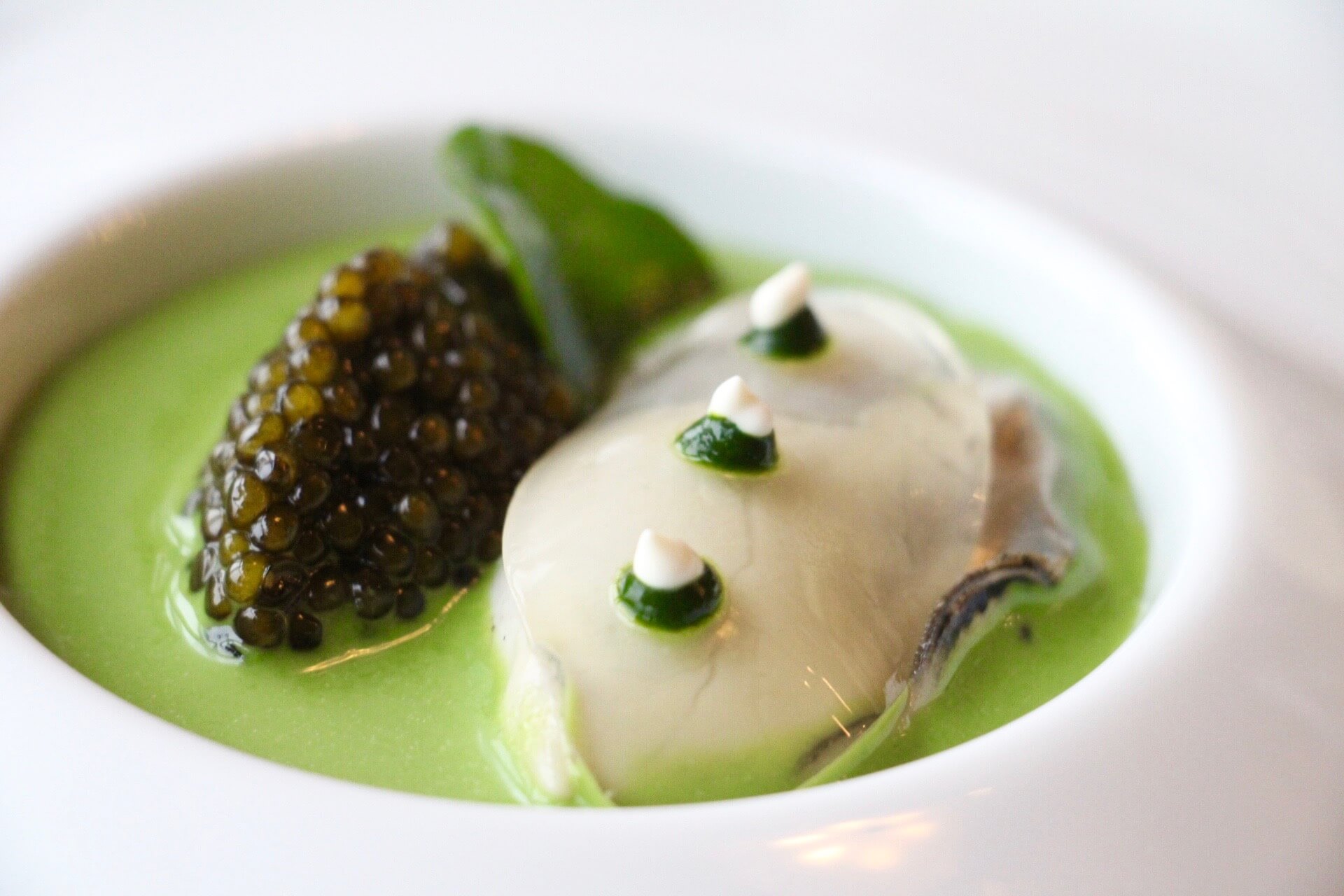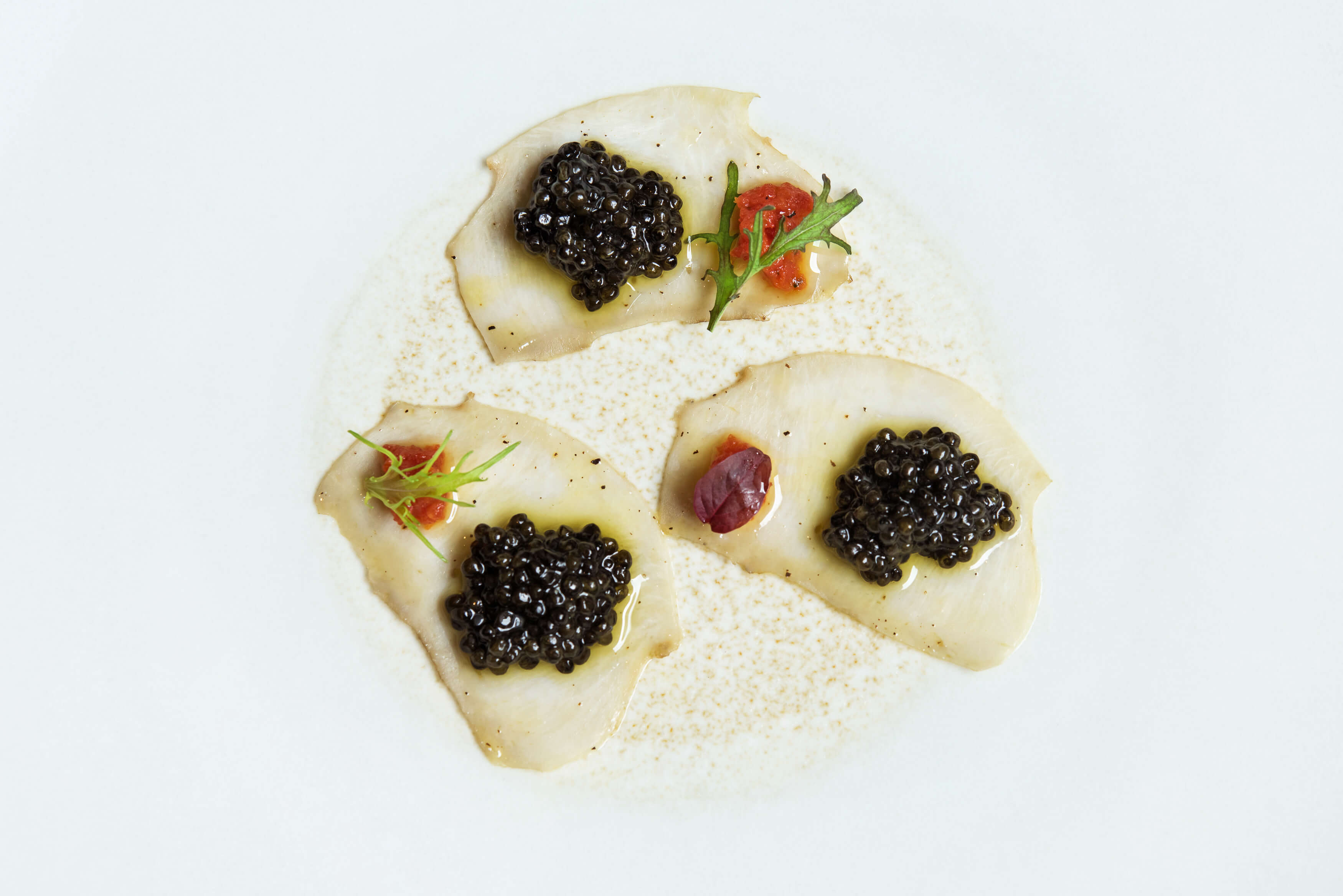Caviar Rating Basics
For other people who are not accustomed to the delicacy we call caviar, all these things taste and cost the same.
But that is not the case. Like any other thing, there is a hierarchy in the realm of caviars in the form of caviar grades. It is noteworthy to state that the grading is a unique feature of caviars originating from Iran and it can only be done by an expert caviar processor. (To become an expert in caviar-making, it takes 10 to 15 years of apprenticeship under strict supervision.)
But now, here is a chance to know basic things about caviar rating by keeping in mind the following facts and guidelines.
The factors in rating caviars:
A lot of factors are involved in grading caviars. Such factors are as follows:
Egg uniformity
This refers to the general appearance of the caviar. Generally, a good kind of caviar has consistency when it comes to egg characteristics such as color, size, etc. This factor takes into consideration the precise grouping of eggs in caviar making.
Egg Size
Depending on the sturgeon kind from which the eggs came from, caviars have corresponding sizes. For example, Beluga caviars must have grains the size of a pea. If the eggs fit the expected egg size, it only means that the eggs used are mature and fit for caviar making.
Egg Color
Egg color determines the quality of the caviar. Eggs vary in color, depending on the age of the sturgeons from which it came from. In the case of Osetra caviars, the color of the egg faints (from dark grey to golden brown) as the sturgeon fish matures.
Egg Maturity
Caviars taste better when they are processed in their prime age. The best quality Sevruga caviars are processed from roe which came from Stellate sturgeons within 18 to 22 years old.
Separation of egg grains
The egg separation has something to do with the way the eggs have been processed. It answers how delicate the process of sieving took place as well as the equipment used in doing so.
Caviar’s fragrance
Fresh caviars possess a fresh ocean scent, which reflects the freshness of the eggs. Imitation caviars do not have this characteristic since they strongly retain the fishy scent.
Egg’s lucidity
The shiny coating of the eggs reflects the freshness of the eggs used as well as the proper storage process implemented in preserving the caviar.
Egg shell hardness
Good quality caviars have good quality egg grains. The grains must withstand the caviar-making process for it to have good appearance, but it must be tender enough to melt in the mouth when eaten.
Grades
After determining the different factors employed in grading the caviars, let us now look at the ranking in caviar grades.
1. Beluga caviars are the most expensive among the caviar types.
The high price of the caviar can be attributed to the rareness of the Beluga sturgeons in the Caspian Sea. (Currently, only 100 Beluga sturgeons can be caught in the Caspian Sea every year.) The caviar is also recognized worldwide because of its egg size. Having a size of a pea, the Beluga eggs are the biggest. And because of the faint ocean taste of the Beluga caviar, its price increased 200% in a span of 4 months. The Beluga caviars can be divided into two grades, 1 and 2. The grades depend on the factors stated above.
2. Osetra caviars follow the Beluga caviar in the ranking.
The Osetra caviar is known for its nutty taste. As experts put it, this type of caviar has a creamy walnut taste. Osetra caviar only has problems in taste consistency. Because the Russian sturgeons (the fish from which the eggs came from) are bottom feeders, the egg taste depends on the food they eat. Color is another factor here since the Russian sturgeon eggs change color according to fish maturity. The Osetra caviars can be divided into two grades, 1 and 2. The grades depend on the factors stated above
3. Sevruga caviars are next on the grade list.
The delicacy is known for its taste that connoisseurs appreciate a lot. It has the strongest taste among caviars. The only thing that made this caviar less expensive than the two caviars is the abundance of the sturgeon from which the eggs come from: the Stellate sturgeon. Eggs from Stellate sturgeons in their prime age make the best Sevruga caviar. Like the Beluga and the Osetra caviars, the Sevruga caviar can also be classified into two sub grades: 1 and 2.
4. Pressed eggs are the last on the grade list.
Consistency is an important factor here since it is possible for different fish roes to be used in making this caviar. It can also be classified into sub grades 1 and 2. You may not have trained for at least ten years in caviar making, but after knowing these guidelines, you have the basic knowledge in grading caviar!


